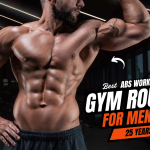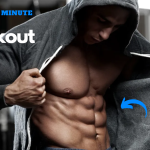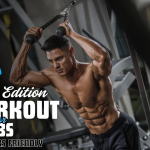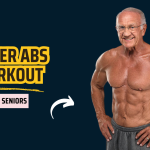Between early morning lectures, late-night study sessions, and trying to survive on instant noodles, finding time to work out in college can feel like an impossible task. But here’s the truth: you don’t need hours—just a smart plan and commitment.
In fact, your college gym could be the most underused secret to carving out a strong, defined core. Why? Because you’re in an environment full of energy, motivation, and accessible equipment that many take for granted.
Let’s bust the myth right away:
Myth: “You need to train abs every day to get a six-pack.”
Fact: Like any other muscle group, your abs need rest to grow and strengthen. Quality beats quantity.
In this guide, we’ll walk you through an efficient, effective abs workout routine tailored for college students—whether you’re a beginner or already fitness-savvy. Ready to sculpt your core in the campus gym? Let’s get to it.
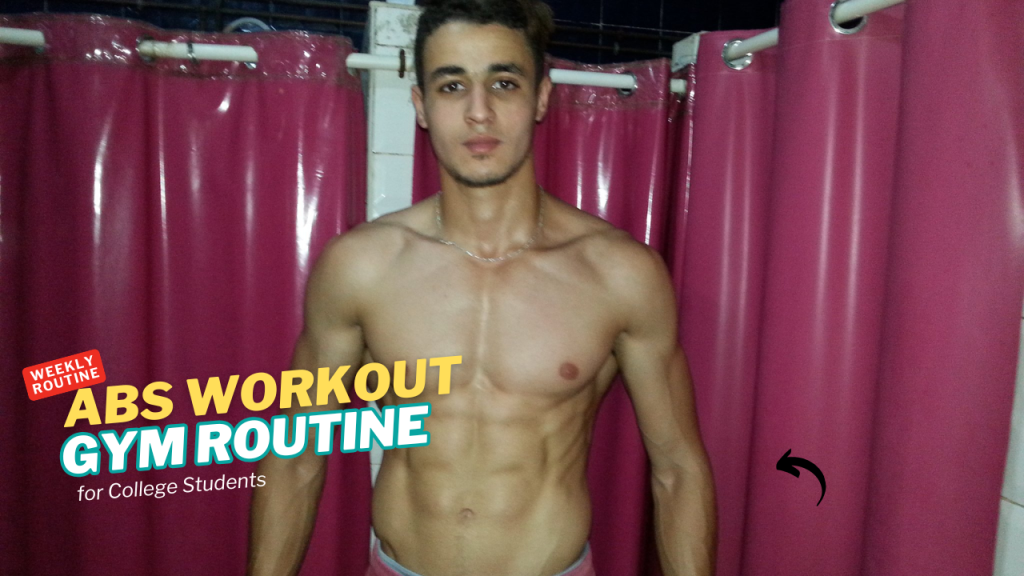
Table of Contents
What Can Happen After 30 Days of This Abs Workout Routine
| Change Area | What You May Experience |
|---|---|
| Core Strength | Improved ability to hold planks longer, perform more reps with control |
| Muscle Tone | Slight visible definition, especially if body fat is moderate or low |
| Posture | Better spinal alignment and reduced slouching during study hours |
| Workout Endurance | Increased stamina in ab circuits and other compound exercises |
| Mind-Muscle Connection | Enhanced focus on engaging core properly during all movements |
| Confidence | Boost in self-esteem due to noticeable physical and performance improvements |
| Waist Tightness | Reduction in waistline appearance (especially with clean eating) |
| Lower Back Stability | Less discomfort during long sitting or walking |
| Discipline & Routine | Stronger fitness habit and improved time management skills |
| Motivation for More | Higher drive to expand into full-body training or advanced programs |
Note: Results may vary based on diet, sleep, stress levels, and consistency. Visible abs typically require a body fat percentage of under 15% for men and under 20% for women.
Why College Is the Best Time to Train Your Abs
College life is chaotic—but that’s exactly why you should train now. Regular workouts help with:
- Stress relief during exams
- Boosted focus for lectures and assignments
- Confidence in your appearance and energy levels
And here’s something interesting:
Did You Know?
A stronger core improves posture, reduces lower back pain, and enhances balance—even if you’re just sitting through a 2-hour lecture.
The Campus Gym Advantage
Most college gyms are free or heavily discounted, well-equipped, and conveniently located. That means no excuses. A quick 30-minute session between classes can make a world of difference.
Equipment You Can Use:
- Cable machine
- Decline bench
- Medicine balls
- Roman chair
- Pull-up bar
- Mat and dumbbells
No fancy machines? No problem—bodyweight routines are just as powerful.
Core Anatomy 101: What You’re Really Training
To create an effective abs routine, you need to know what you’re targeting:
- Rectus Abdominis – The “six-pack” muscle
- Transverse Abdominis – Deep core stabilizer
- Internal & External Obliques – Side muscles that support rotation
- Lower Back Muscles – Crucial for balance and injury prevention
A balanced workout should hit all these regions, not just the upper abs.
Abs Workout Routine for College Students (3 Days/Week)
Duration: 25–30 minutes
Equipment: Mixed (Bodyweight + Gym Equipment)
Rest Time: 30–45 seconds between sets
Day 1 – Core Burnout (Bodyweight Focused)
1. Plank (Standard) – 3 sets x 60 seconds
How to Do It:
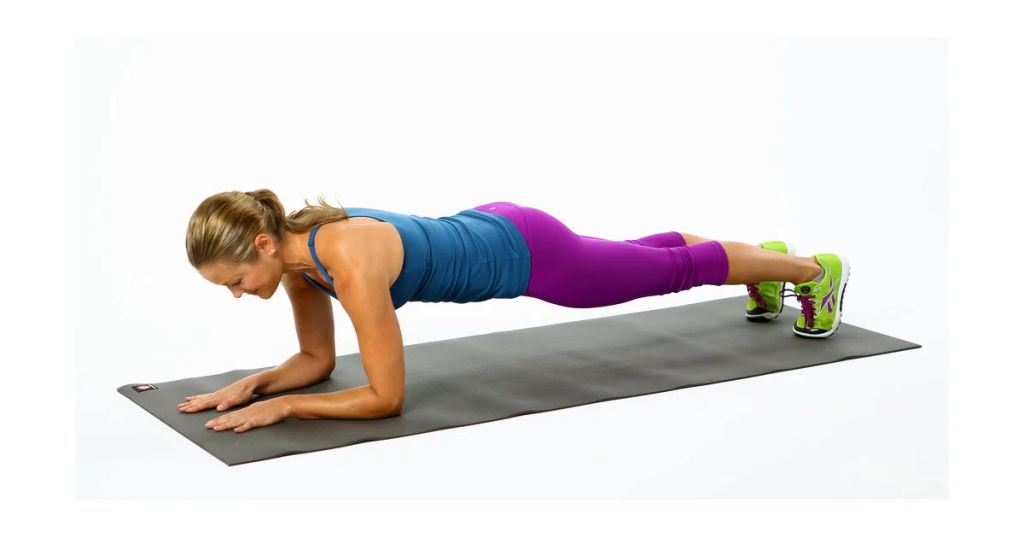
- Start by lying face down on the floor.
- Place your elbows directly under your shoulders and lift your body off the ground.
- Keep your body in a straight line from head to heels.
- Engage your core—don’t let your hips sag or raise too high.
- Hold for 60 seconds per set. Breathe steadily.
Tip: Imagine pulling your belly button toward your spine for stronger activation.
2. Leg Raises – 3 sets x 12–15 reps
How to Do It:

- Lie flat on your back with your hands under your glutes.
- Keep your legs straight and together.
- Slowly raise your legs to a 90-degree angle.
- Lower them back down without touching the floor.
- Repeat for 12–15 reps.
Myth Buster: Swinging your legs fast doesn’t build better abs—it just uses momentum. Go slow for results.
3. Bicycle Crunches – 3 sets x 20 reps (10 each side)
How to Do It:

- Lie on your back, hands behind your head, knees bent.
- Lift your shoulders off the ground.
- Bring your right elbow to your left knee while straightening your right leg.
- Switch sides in a pedaling motion.
- Perform 10 reps per side, 20 total per set.
Interesting Fact: Bicycle crunches activate more abdominal muscle fibers than standard crunches!
4. Mountain Climbers – 3 sets x 30 seconds
How to Do It:
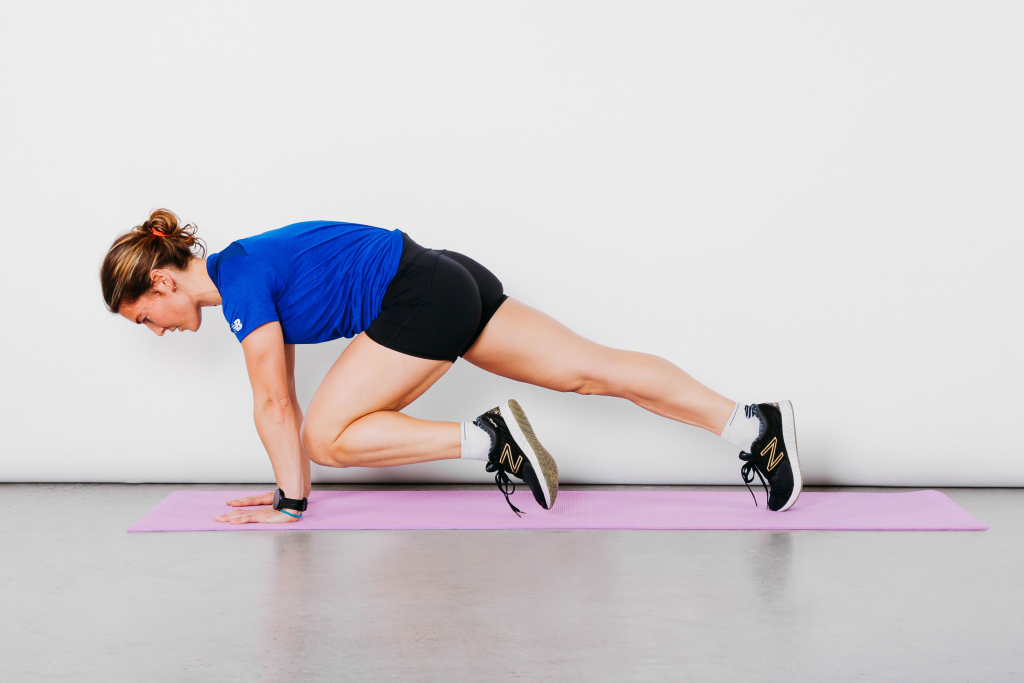
- Start in a high plank position, shoulders over wrists.
- Drive one knee toward your chest, then quickly switch legs.
- Move quickly while maintaining core stability.
- Continue alternating for 30 seconds per set.
Bonus: This move is both core-strengthening and cardio-boosting—double benefit in one!
5. Side Plank (Both Sides) – 2 sets x 45 seconds each
How to Do It:

- Lie on one side, placing your elbow directly under your shoulder.
- Stack your feet and lift your hips off the ground.
- Keep your body in a straight line from head to feet.
- Hold for 45 seconds on each side. Repeat twice.
Did You Know? Side planks target the obliques—the muscles responsible for that defined “V-cut” on your waist.
Myth Buster: Doing 100 crunches a day doesn’t guarantee visible abs. Your body fat percentage matters more.
Day 2 – Gym-Enhanced Core Day
1. Cable Crunches – 3 sets x 15 reps
How to Do It:
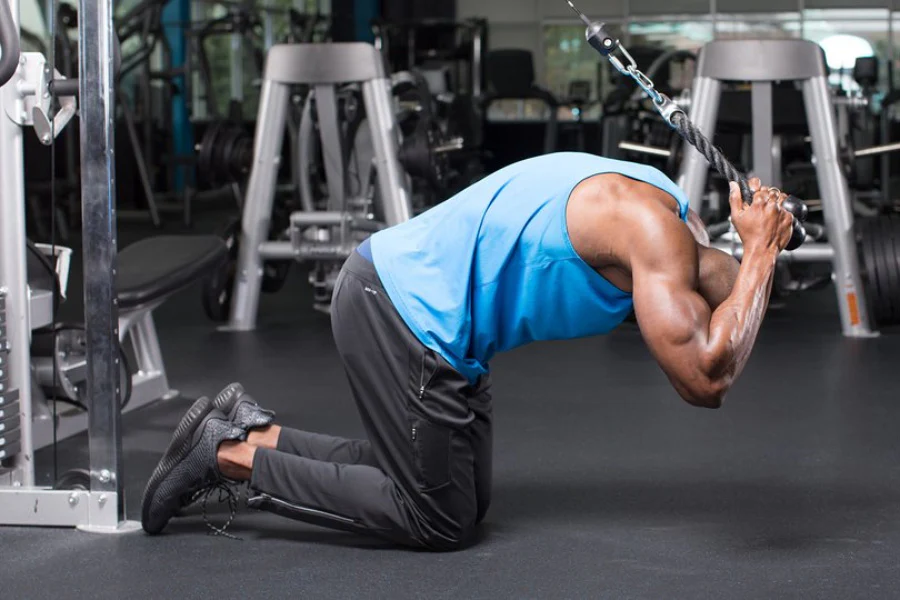
- Attach a rope to a high pulley on a cable machine.
- Kneel down facing the machine, holding the rope at the sides of your head.
- Keep hips stationary and crunch your upper body downward.
- Exhale as you contract your abs; return slowly to the starting position.
- Perform 15 controlled reps.
Tip: Focus on curling your spine, not just pulling with your arms. It’s an ab crunch, not a back pull.
2. Hanging Leg Raises – 3 sets x 12 rep
How to Do It:
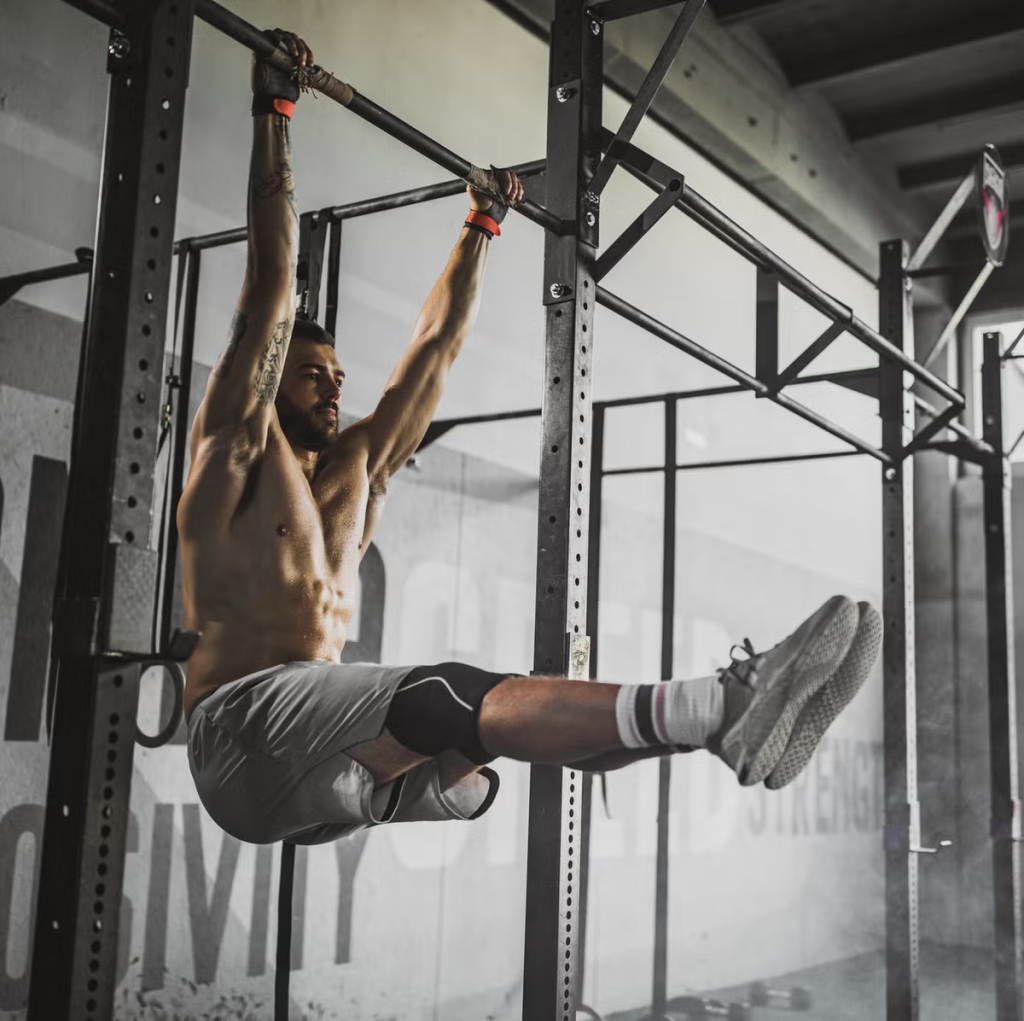
- Hang from a pull-up bar with arms straight and legs together.
- Engage your core and raise your legs to at least hip height (or higher if possible).
- Slowly lower your legs without swinging.
- Repeat for 12 reps.
Did You Know? Hanging leg raises are one of the most effective lower abs exercises—but form is everything.
3. Russian Twists with Medicine Ball – 3 sets x 20 reps
How to Do It:
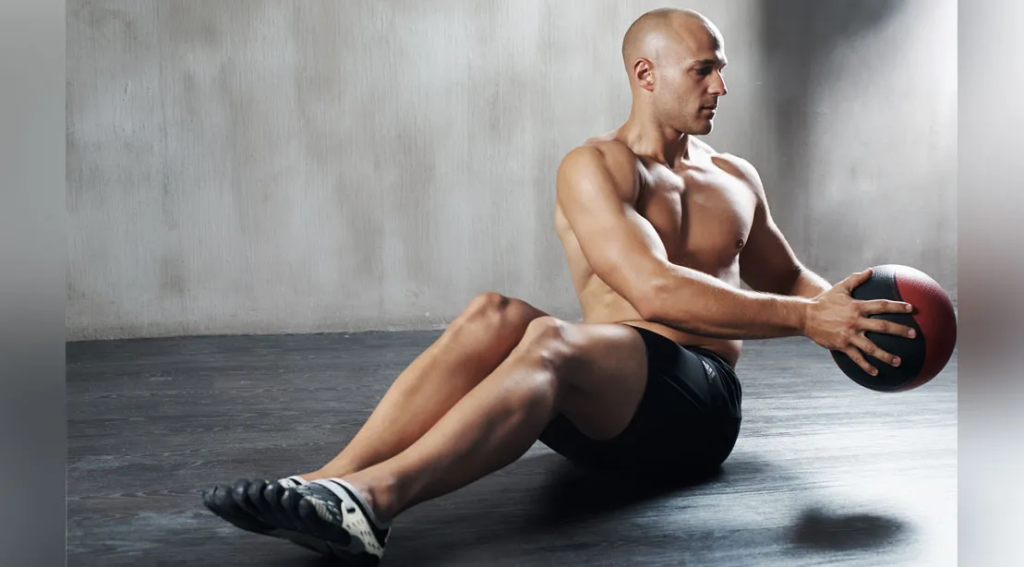
- Sit on the floor with knees bent and feet off the ground.
- Hold a medicine ball with both hands at chest level.
- Lean back slightly and rotate your torso side-to-side, tapping the ball on each side.
- Perform 10 twists per side, 20 total.
Pro Tip: Keep your core tight and eyes focused forward to avoid over-twisting your spine.
4. Weighted Sit-ups on Decline Bench – 3 sets x 15 reps
How to Do It:

- Secure your feet on a decline bench.
- Hold a weight plate or dumbbell against your chest.
- Lower your upper body slowly and rise back up using core strength.
- Complete 15 reps per set.
Fun Fact: Adding weight turns sit-ups from a basic endurance move into a serious core-building exercise.
5. Back Extensions (Hyperextensions) – 3 sets x 12 reps
How to Do It:

- Position yourself face-down on a hyperextension bench with your hips at the pad edge.
- Cross your arms or hold a plate against your chest.
- Lower your upper body slightly below parallel, then raise it back to align with your legs.
- Repeat 12 times while keeping your core engaged.
Why It Matters: Strong lower back muscles support your abs and prevent injury—don’t skip them!
Tip: Use controlled movements—no swinging or jerking.
Day 3 – Functional & Oblique Training
1. V-Ups – 3 sets x 15 reps
How to Do It:
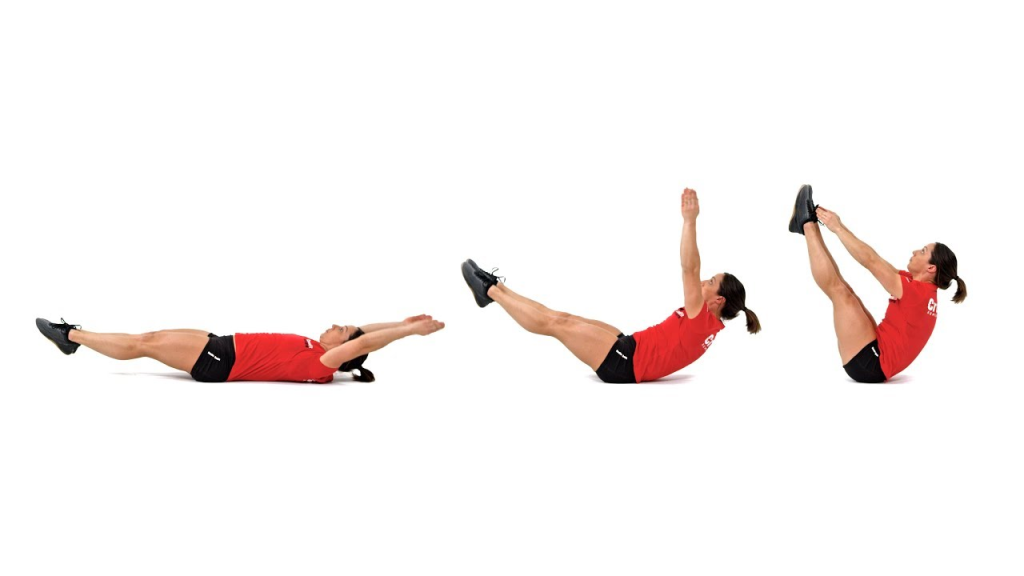
- Lie flat on your back with arms extended overhead and legs straight.
- Simultaneously lift your upper body and legs, reaching your hands toward your toes to form a “V” shape.
- Lower back down slowly without letting your limbs rest on the ground.
- Complete 15 reps.
Tip: Keep your core tight and avoid using momentum—slow and controlled equals stronger abs.
2. Woodchoppers (Cable or Dumbbell) – 3 sets x 12 reps each side
How to Do It:

- Stand with feet shoulder-width apart, holding a cable handle or dumbbell with both hands.
- Start high at one side (above your shoulder) and pull the weight diagonally across your body to the opposite knee.
- Rotate your torso as you move, keeping your core engaged.
- Perform 12 reps per side, alternating.
Fact: This mimics real-world movements—great for athletes and improving rotational core strength.
3. Toe Touches – 3 sets x 20 reps
How to Do It:

- Lie on your back with your legs raised straight toward the ceiling.
- Extend your arms upward and crunch your upper body to reach your fingertips toward your toes.
- Lower slightly and repeat for 20 reps.
Interesting Tip: A small movement here, done right, can really burn—precision matters more than range.
4. Ab Wheel Rollouts (If Available) – 3 sets x 10 reps
How to Do It:

- Kneel on a mat with the ab wheel in front of you.
- Slowly roll the wheel forward while keeping your back straight and abs braced.
- Go as far as you can without letting your hips sag, then roll back.
- Do 10 reps per set.
Caution: This is an advanced move—if you’re new, start with short rollouts and increase gradually.
5. Side Plank with Reach-Under – 2 sets x 10 reps each side
How to Do It:
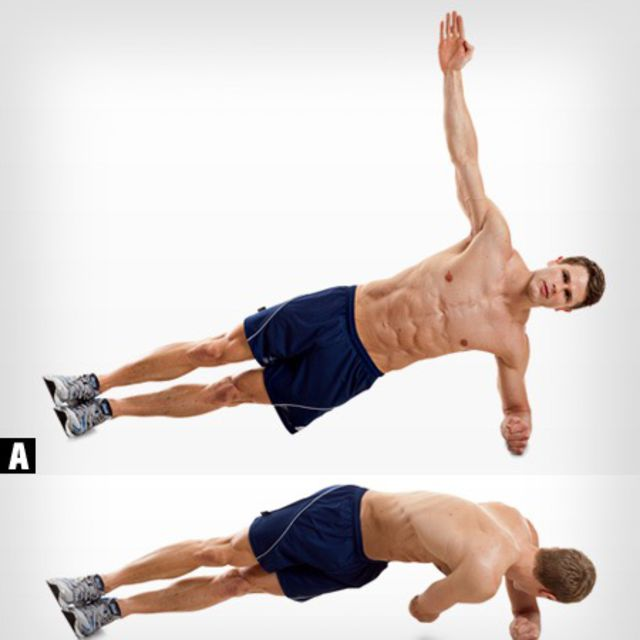
- Get into a side plank position, supporting yourself on your elbow and stacking your feet.
- Extend your top arm toward the ceiling.
- Twist your torso and reach your top arm under your torso, then return to starting position.
- Perform 10 reps per side.
Did You Know? This variation challenges your rotational core stability and fires up the obliques more than standard side planks.
Interesting Fact: Oblique training not only defines your sides—it supports better twisting and turning, crucial for sports and daily life.
Weekly Schedule Suggestion
| Day | Routine |
|---|---|
| Monday | Day 1 – Core Burnout |
| Wednesday | Day 2 – Gym-Enhanced |
| Friday | Day 3 – Functional Core |
You can combine this with upper/lower body strength training or cardio for a balanced fitness routine.
Bonus Tips: Sculpting Abs Outside the Gym
- Nutrition matters: Abs are truly “made in the kitchen.” Aim for whole foods, plenty of protein, and reduced processed sugars.
- Stay hydrated: Water helps with fat metabolism and reduces bloating.
- Get enough sleep: Muscle recovery and fat loss improve with 7–8 hours of quality sleep.
Final Thoughts: Build More Than Abs
In college, building your core isn’t just about looking great—it’s about building discipline, mental toughness, and self-respect. The time you put into the gym shows up in more than just your reflection—it shows in your energy, focus, and confidence.
So next time you pass your campus gym, don’t just walk by—walk in. Your future self (and abs) will thank you.
Frequently Asked Questions (FAQs)
How many times a week should college students train their abs?
Training your abs 2–3 times per week is sufficient. Your core needs time to recover, just like any other muscle group. Overtraining can lead to fatigue and limited results.
Do I need gym equipment to get visible abs?
No. Bodyweight exercises like planks, leg raises, and bicycle crunches are highly effective. However, gym equipment (e.g., cable machines, medicine balls) can add resistance and variety for quicker progress.
How long will it take to see abs results?
It varies based on your body fat percentage, diet, and workout consistency. With proper nutrition and regular workouts, some students may notice changes in 6–8 weeks, while others may take longer.
Can I train abs every day?
It’s not recommended. Abs need recovery time like any other muscle group. Instead, focus on intense, targeted sessions 2–3 times a week, combined with full-body workouts.
Is it true that doing only crunches will give me a six-pack?
False. Crunches alone won’t sculpt a complete six-pack. You need to target all core muscles and combine workouts with proper nutrition and overall fat loss.
Do I need to follow a special diet to get visible abs?
Yes, diet plays a major role. Focus on lean proteins, whole grains, healthy fats, and reduce sugar and processed foods. Abs are largely revealed through lower body fat, not just exercise.
Can girls follow the same abs routine as boys in college?
Absolutely. Core workouts are gender-neutral. Both male and female students benefit from strengthening their abs for posture, performance, and aesthetics.
Can I do abs workouts even if I’m a beginner?
Yes! Start with basic movements like planks, leg raises, and seated crunches. Form and consistency are more important than intensity in the beginning.
